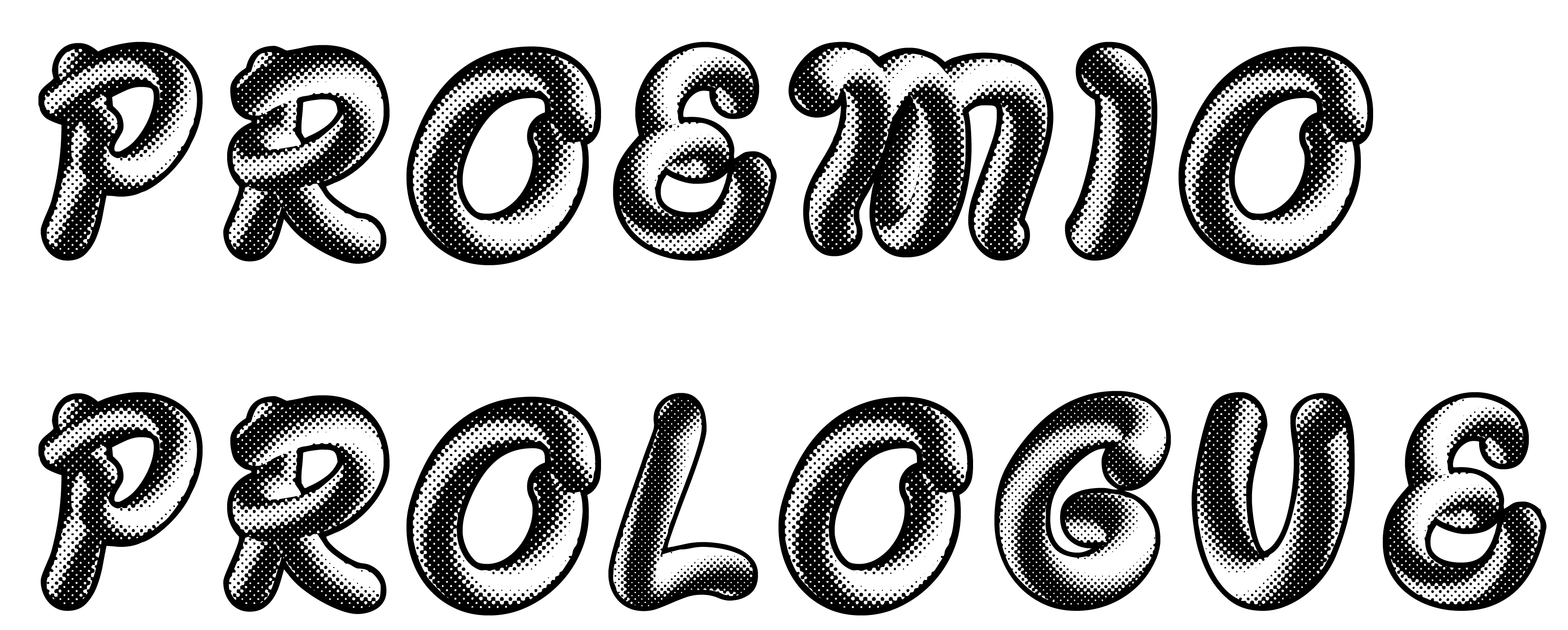The proposed archive of Mexican con-urban and suburban facades derives as a visual commentary of the aesthetics of autonomous construction; as it exemplifies the architect-less presence of a built environment driven by modernist and functionalist agendas. Rural architecture has remained marginal in the canonical discourse of Latin American modernity and its aesthetics. It exists within its very own aesthetic logic and stylistic temperament. The rural built environment embodies sui generis characteristics that have metamorphosed into their own typology, a typology not particularly driven by conventional commercial and real estate forces; but by complex social functionalist and modernist demands.
The idioms anchored to informality designate a negative association towards marginal architecture, the designation denotes the actuality of a formal architecture. A right and a wrong, a legal versus an illegal notion that has dictated the morphology and identity of entire continents under an identifiable unscripted aesthetic.
In rural Mexico, architecture that is materialized outside the legalities of building departments and licensing stamps often refers to local and traditional building styles and humble aesthetics. This architecture can portray limited resources and unfold with construction expertise, but perhaps without explicit architecture training. The results of this process formulate sui generis functional structures that reflect the environmental and cultural context of their region. The aesthetics of informality are generally defined as functional, raw and spontaneous; while they are also seen as evidence of resourcefulness and ingenuity. Mexican self-built rural architecture is testament of the histories of human habitation in the region and of the bearing of a typology of functional expression.

